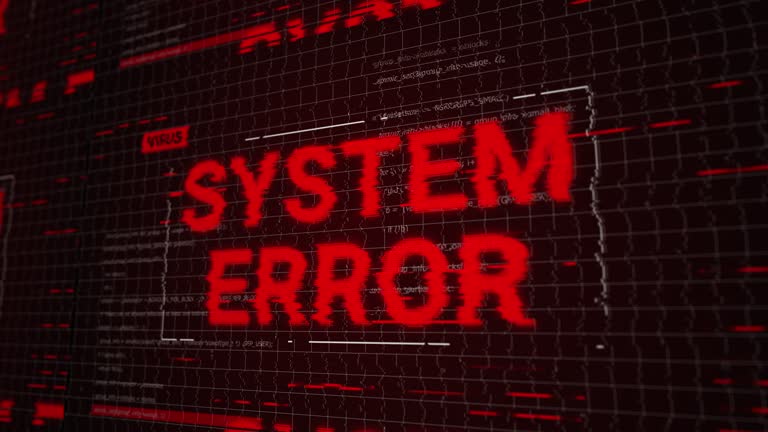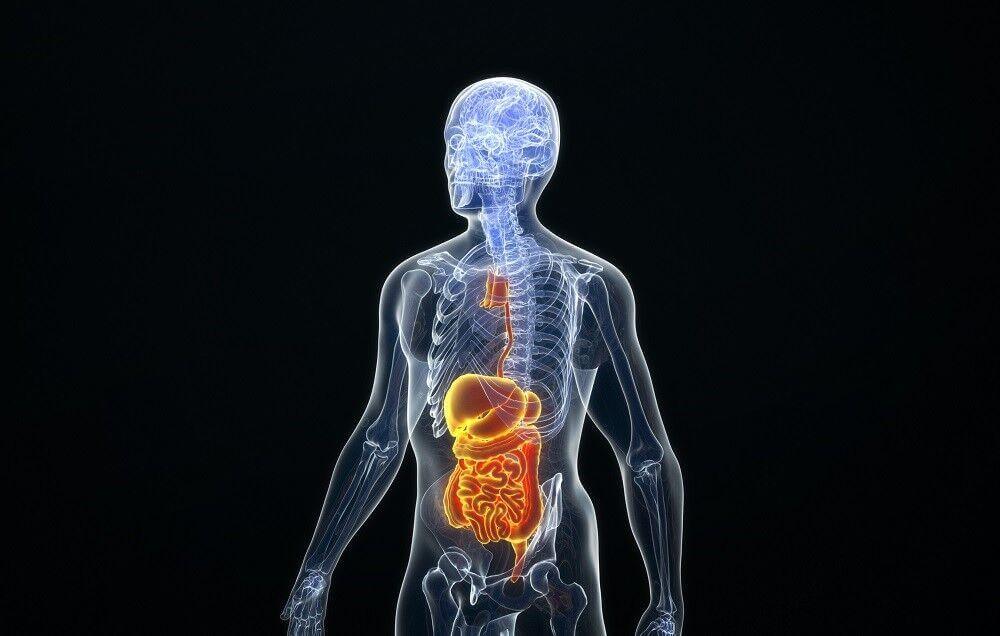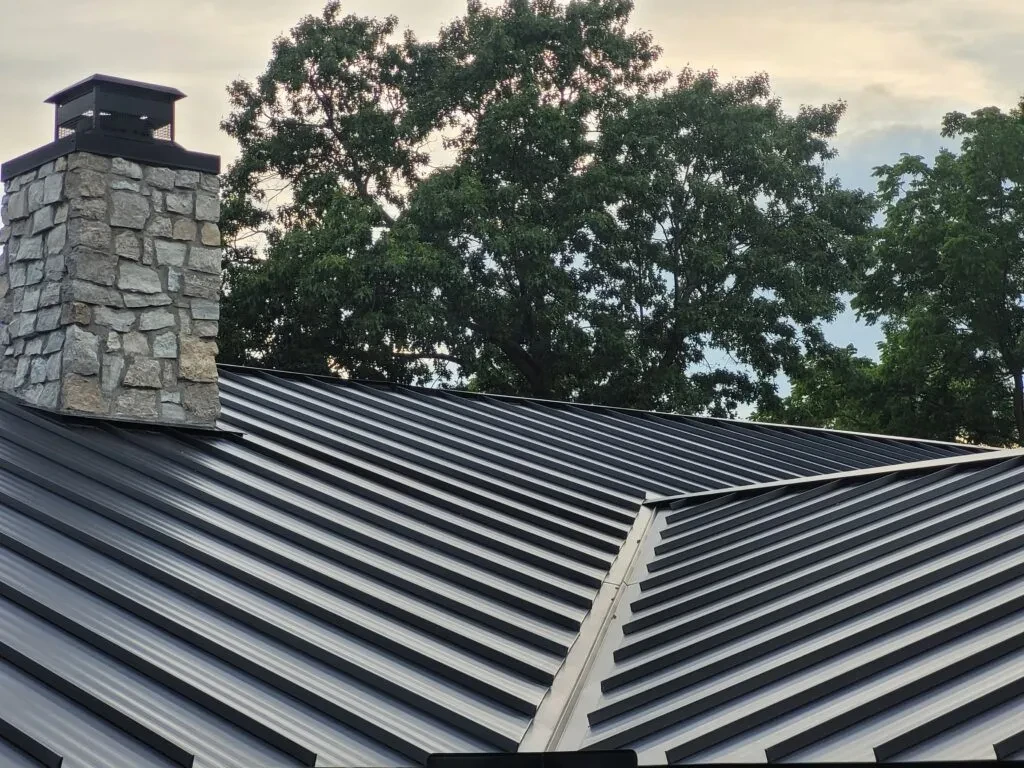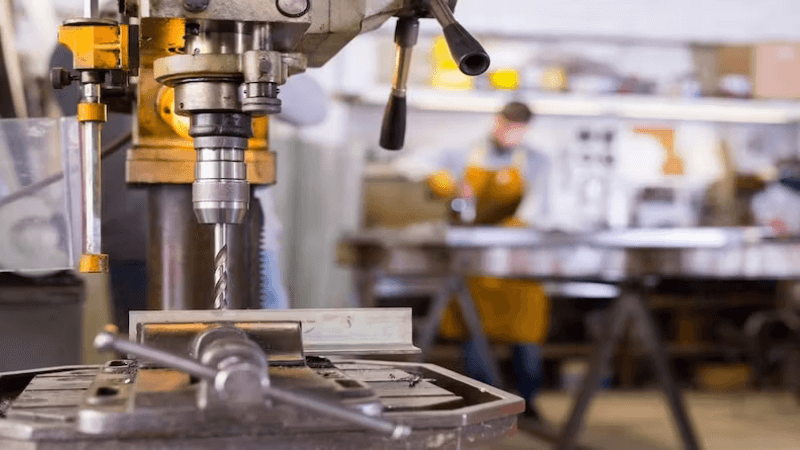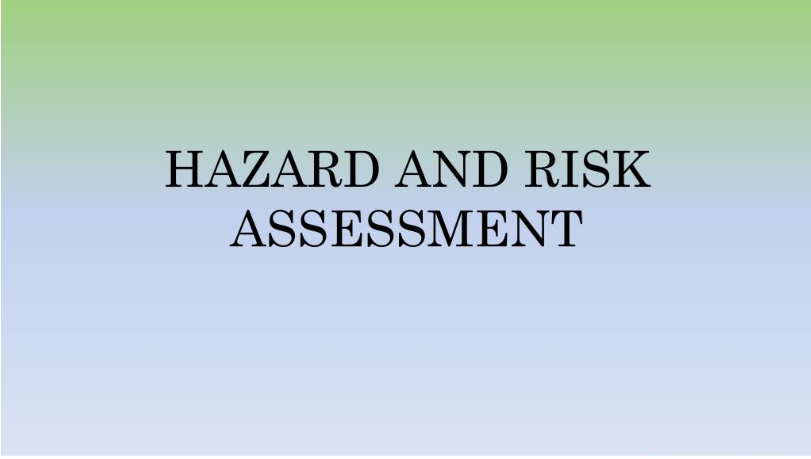Understanding HIRA: Who Should Be Conducting Your Hazard Assessments (And Why It Matters)
To manage risk, the first step is to identify the hazards and then analyze and determine whether the risks are acceptable or unacceptable. The earlier in the life cycle effective risk analysis is done, the more cost-effective later safe operation of the process or activity will be. This risk insight is the basis for most of the other process safety management activities conducted by the facility. An inadequate concept of risk at any point can lead either to inefficient use of limited resources or to unknowing acceptance of risks that exceed the true tolerance of the company or the community.
How to Conduct a Hazard Analysis?
Here is how you conduct a hazard assessment with a field-proven, audit-ready risk assessment that protects your people and your bottom line. It allows you to get ahead of the hazards before they strike, allocate accountability, and develop safety controls as the situation changes-
1. Determine Operational Situations (Tasks)- The first step involves identifying all operational situations and operating modes of the system or item under analysis. Understanding the various ways the system will be used—and by whom—is critical for accurately identifying potential hazards. This may include normal operations, maintenance, emergencies, and other unique operational scenarios.
2. Identify Hazards- Once all the operational scenarios are identified, the task is to systematically identify potential hazards associated with the system. They could be inherent in the system or arise due to interactions with the environment or users. During this stage, one should think in general terms and consider various categories of hazards, e.g., mechanical, electrical, thermal, or operational, depending on the nature of the system.
3. Classify Hazardous Events- Dangerous events are then classified based on three parameters: controllability, exposure, and severity. The designation of each event helps to determine the required Performance Level (PL) or Safety Integrity Level (SIL) for enabling safe operation. For example, Severity establishes the possible impact of the hazard on people, property, or the environment. Applying such kind of criteria, an appropriate PL/SIL can be assigned to every hazard, which is the level of safety measures that are required in order to reduce risks to a tolerable level.
5. Determine Safety Goals- The next step is to establish safety objectives for all identified hazardous events. Safety objectives are directed towards eliminating or minimizing risks associated with each event so that all possible measures are adopted for accident prevention. Safety objectives can involve hardware, software, procedural changes, or even training requirements to help minimize risks.
6. Verify and Confirm- Lastly, there is a need to check and verify the effectiveness of the HIRA. This stage ensures that all the hazards that were identified have been appropriately addressed and the risk-reduction measures are adequate to reach the desired safety goals. Review and verification of the HIRA at regular intervals are recommended, especially if system requirements change or new information on potential hazards is received.
What are the Types of Risk Assessments?
The best safety programs don’t use a one-size-fits-all approach. They use the right kind of hazard identification and risk assessment for the job, the timeline, and the setting. Here is a rundown on the four main types, and how they fit into an overall risk management strategy-
Qualitative Risk Assessment- This is the most common type used in the field. It’s founded on observation, experience, and expert opinion rather than cold data. Risks are prioritized as low, medium, or high based on perceived severity and likelihood. Think of it as a rapid, boots-on-the-ground analysis that enables crews to make informed decisions in the moment. It’s especially useful for pre-task briefings or when starting a new stage of a job where there are known hazards.
Quantitative Risk Assessment- This is the numbers-driven approach. It uses data, probability models, and statistical analysis to estimate the likelihood of an event and the magnitude of its effect. It’s used in bigger projects, or industries like energy, chemical, and manufacturing, where exact failure probabilities and cost impacts are critical. Quantitative assessments are more time-consuming, but they provide detailed risk profiles that are used to justify control investments or system redesign.
Dynamic Risk Assessment- This is risk assessment in motion. It’s what happens when the plan comes face-to-face with real life. A foreman sees conditions changing, a change in the weather, equipment malfunction, or a worker working unsafely and acts in real time. Dynamic assessments are a must on fast-moving projects where conditions change by the hour. They allow frontline leaders to make safe choices without waiting for a formal analysis.
Job Hazard Analysis – It is also known as a Job Safety Analysis (JSA). It is a method that breaks a specific task into individual steps and looks at the hazards of each. It works especially well for high-risk or repetitive tasks like confined space entry, trenching, or electrical work. JHAs identify where controls like PPE, training, or lockout/tagout procedures should be placed. They’re usually created before work begins and reviewed daily.
Understanding Hazard Identification and Risk Assessment
Hazard Identification is recognizing the possible causes of injury in the workplace. The hazards can be physical, chemical, biological, ergonomic, or psychosocial. Hazard identification requires appropriate knowledge of the work process and the workplace.
Project or workspace managers need to carry out a hazard identification and risk assessment (HIRA) at the start of a project, and also during a project following significant changes, in order to identify, evaluate and minimize potential hazards and risks. The assessment ensures that users carry out sufficient project and workspace planning, familiarize themselves with potential hazards and implement hazard and risk controls. The hazard identification should be carried out by a multidisciplinary team or competent person with a good understanding of known hazards who has considered situations likely to occur and hazard and risk protection measures.
A risk analysis is a process used to identify possible hazards and look at what would happen if a hazard or catastrophe were to occur. There are quite a number of hazards to consider, and each hazard can have a number of likely scenarios happening within or because of it.
As you conduct the risk analysis, look for weak points or vulnerabilities that could make your business more susceptible to harm from a hazard. Vulnerabilities include deficiencies in the construction of buildings, process systems, security, protection systems and loss prevention programs. Vulnerabilities increase the severity of loss when an incident occurs. For example, a building without a fire sprinkler system may burn to the ground, while a building with a properly designed, installed and maintained fire sprinkler system would have contained fire damage. The impact of hazards can be reduced by spending on mitigation. An investigation of a mitigation measure should be high on the agenda if there is any likelihood of significant impacts.
Conclusion
Risk and hazard analysis are critical to assuring safety in any environment, be it a workplace, a population, or even an environmental context. They allow for the determination of potential hazards, the likelihood and scope of the damage, and the implementation of measures to eliminate or reduce those hazards, in the process preventing accidents, injuries, and even fatalities.

